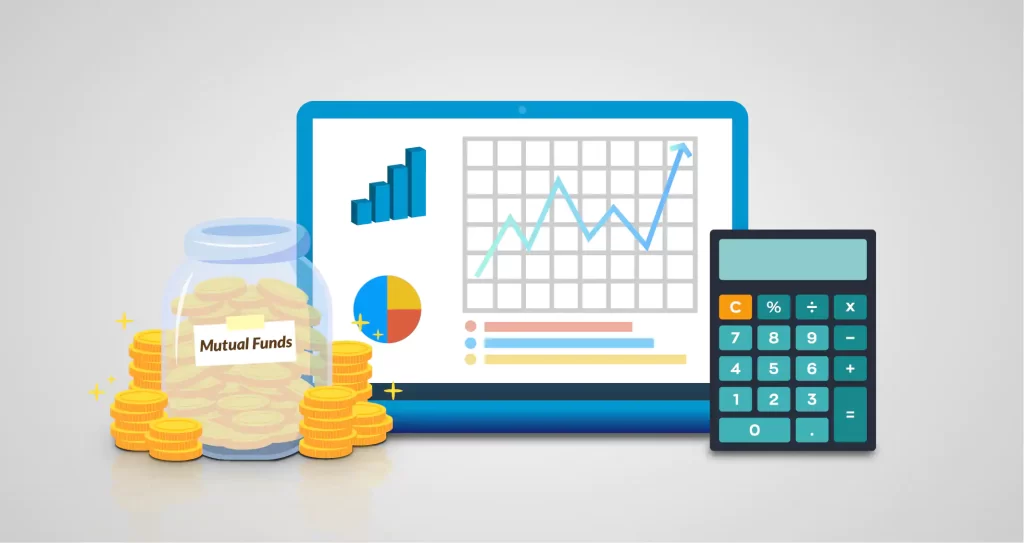Expense ratios are a part of a fund’s expenses. They can vary from fund to fund, and they can also be a good indicator of an actively managed fund.
Actively managed funds
Expense ratios of actively managed funds can range from a few percentage points to several percent. The reason for this is that active managers are expected to be more active in analyzing and trading securities. They require more research, more investment analysis, and a higher degree of expertise.
This means that they can’t guarantee a certain index-beating performance. Moreover, active fund managers can be emotional and have a tendency to make bad decisions. Fortunately, many investors are opting for low-cost passive funds.
A passive fund’s goal is to duplicate the performance of a stock index. The fund pays licensing fees to the major stock indexes to allow it to invest. It also doesn’t have a manager who actively chooses the assets that it invests in.
On the other hand, an active fund manager invests in stocks that he or she believes will beat a given index benchmark. In order to justify the expense, the manager must earn an extraordinary return on the investment. In other words, he or she has to outperform the index by enough to cover the expenses.
In addition to the active fund manager’s fee, the fund has to cover other costs. This includes taxes, legal expenses, and recordkeeping. Some funds may also charge sales charges. Expense ratios for actively managed funds can be much higher than those for passive funds.
Variable expenses within a fund
Keeping track of variable expenses can be a little daunting. However, with a little know-how, you can find ways to save money and minimize your variable expenses.
Variable expenses can include unexpected expenses like medical bills. Having an emergency fund can help mitigate the strain when you’re unexpectedly short on cash.
Variable expenses also vary month to month. A grocery bill might be higher in the winter than in the summer. Also, your electric bill might be higher or lower depending on weather conditions.
One of the best ways to keep track of variable expenses is to use a budgeting app. This will make it easy to see how much you spend on various products and services. If you don’t keep track of your expenses, you may end up overestimating how much you’re spending.
The 50/30/20 budget calculator can also help you decide how much money you should put towards savings. This calculator enables you to allocate money towards needs and wants.
The best way to save money is to find areas where you can cut expenses. For example, you might want to switch to a more economical brand of clothing or wait for a sale. Or you might want to find a cheaper place to live.
While you’re at it, you should also consider saving for a rainy day. Having a rainy day fund can help you keep your business afloat when you’re unable to make payroll.
Average expense ratios over the past 20 years
Expense ratios are one of the main factors that investors should consider when shopping for a mutual fund. They are calculated annually. Some funds have no fees. Others charge fees in the range of 0.20%. While these fees are low, they can still add up over time.
The average expense ratio for all funds has been on a downward trend for the last 20 years. The asset-weighted average of these ratios dropped from 0.99% in 2000 to 0.40% in 2019.
These ratios have decreased as the industry has shifted toward cheaper funds. ETFs and passively managed exchange-traded funds have helped lower fund fees. These funds typically charge lower expenses than active funds, which typically employ a professional manager.
Expense ratios are calculated separately from transaction fees. Transaction fees are one-time expenses that you pay when you buy or sell an investment. Funds that charge fees also have to pay marketing and distribution expenses, which have increased over the years. These expenses are increasingly paid out of 12b-1 fees.
According to Morningstar, the average expense ratio of active funds was 0.62% in 2020. This compares to 0.06% for equity index funds and 0.40% for passively managed funds.
Expense ratios can eat away at your investment returns over time. The higher the expense ratio, the more money you’ll pay for a fund. This can add up to a difference of thousands of dollars over the course of your investing career.


